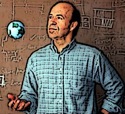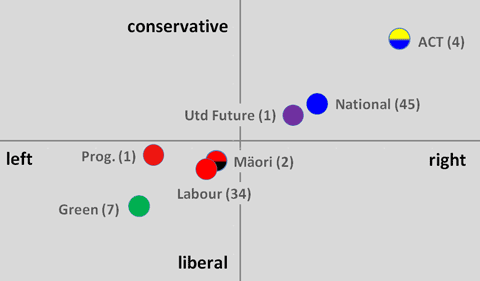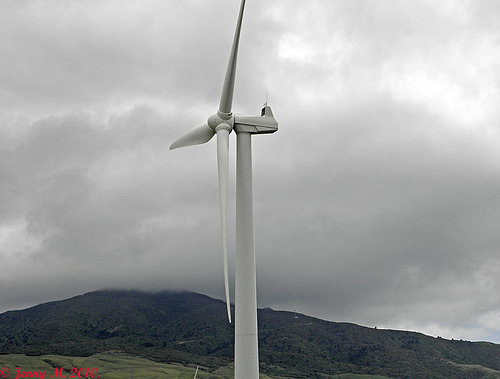 Before he left New Zealand, Jim Hansen wrote an open letter to prime minister John Key on behalf of the youth of New Zealand, and specifically 350.org. It’s well worth reading in full, because it encapsulates the case for taking action here, and now. I would be most interested in seeing a meaningful response from Key, but — as they say — I’m not holding my breath. Here’s the letter:
Before he left New Zealand, Jim Hansen wrote an open letter to prime minister John Key on behalf of the youth of New Zealand, and specifically 350.org. It’s well worth reading in full, because it encapsulates the case for taking action here, and now. I would be most interested in seeing a meaningful response from Key, but — as they say — I’m not holding my breath. Here’s the letter:
Dear Prime Minister Key,
Encouraged by youth of New Zealand, especially members of the organization 350.org, I write this open letter to inform you of recent advances in understanding of climate change, consequences for young people and nature, and implications for government policies.
I recognize that New Zealanders, blessed with a land of rare beauty, are deeply concerned about threats to their environment. Also New Zealand contributes relatively little to carbon emissions that drive climate change. Per capita fossil fuel emissions from New Zealand are just over 2 tons of carbon per year, while in my country fossil fuel carbon emissions are about 5 tons per person.
However, we are all on the same boat. New Zealand youth, future generations, and all species in your country will be affected by global climate change, as will people and species in all nations.
New Zealand’s actions affecting climate change are important. Your leadership in helping the public understand the facts and the merits of actions to ameliorate climate change will be important, as will New Zealand’s voice in support of effective international actions.
The fact is that we, the older generation, are on the verge of handing young people a dynamically changing climate out of their control, with major consequences for humanity and nature. A path to a healthy, natural, prosperous future is still possible, but not if business-as-usual continues.
Continue reading “Hansen’s parting shot: show leadership, John Key”


 Pursuing the last drop of oil should not be on the agenda of any country which takes climate change seriously. That’s why I applaud the Greenpeace and Te Whanau a Apanui action in endeavouring – successfully for a time – to stop the Petrobas seismic testing vessel off the East Cape. Potential danger to the marine environment is one of the reasons for the protest, and in the thinking of Greenpeace climate change is the other. The action is part of their longer term campaign against new oil and coal development in favour of a clear orientation to the clean technology which would show New Zealand was serious about moving to a low-carbon world.
Pursuing the last drop of oil should not be on the agenda of any country which takes climate change seriously. That’s why I applaud the Greenpeace and Te Whanau a Apanui action in endeavouring – successfully for a time – to stop the Petrobas seismic testing vessel off the East Cape. Potential danger to the marine environment is one of the reasons for the protest, and in the thinking of Greenpeace climate change is the other. The action is part of their longer term campaign against new oil and coal development in favour of a clear orientation to the clean technology which would show New Zealand was serious about moving to a low-carbon world.  The arrival of a Wind Energy Association Newsletter suggested it might be time for an update on wind power in New Zealand. It’s nearly two years since I
The arrival of a Wind Energy Association Newsletter suggested it might be time for an update on wind power in New Zealand. It’s nearly two years since I  Nick Smith, NZ’s climate change minister, told the
Nick Smith, NZ’s climate change minister, told the